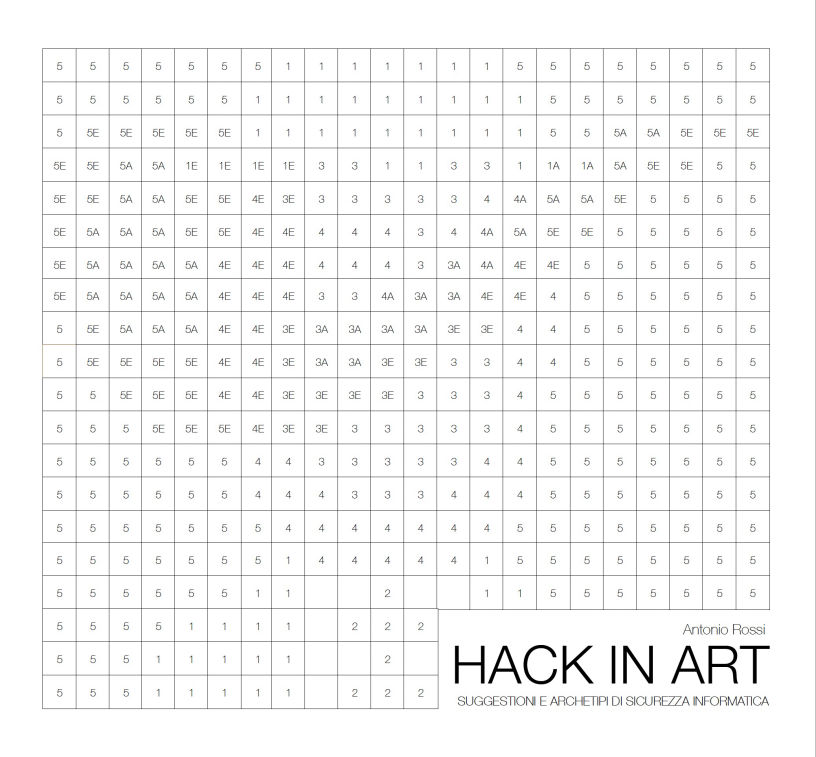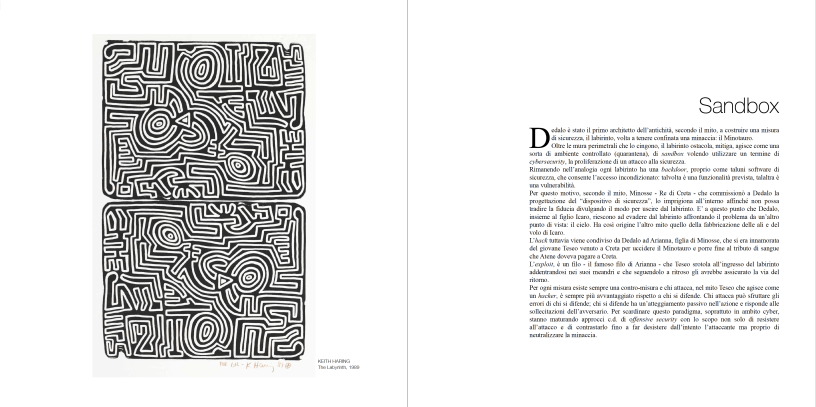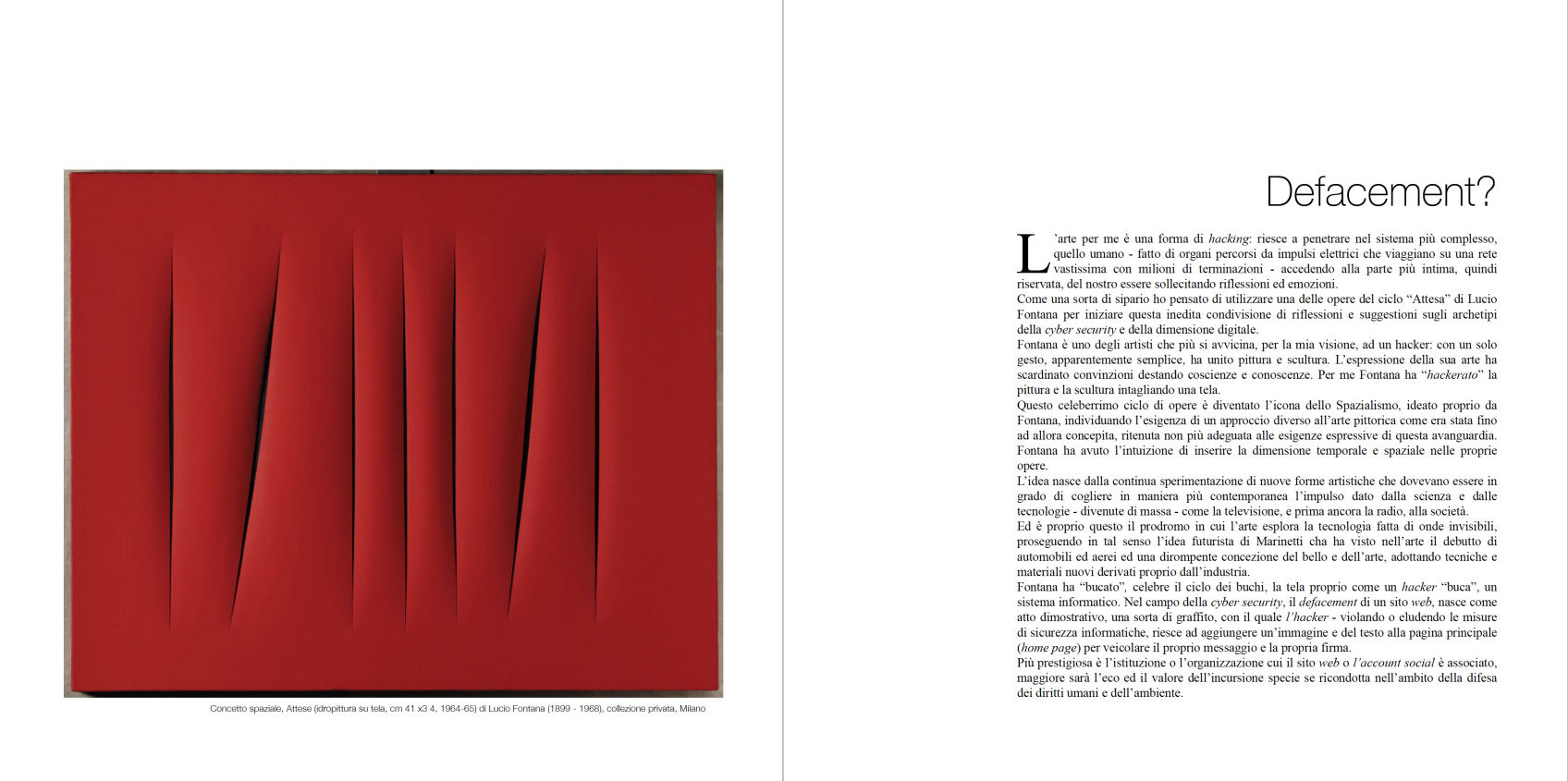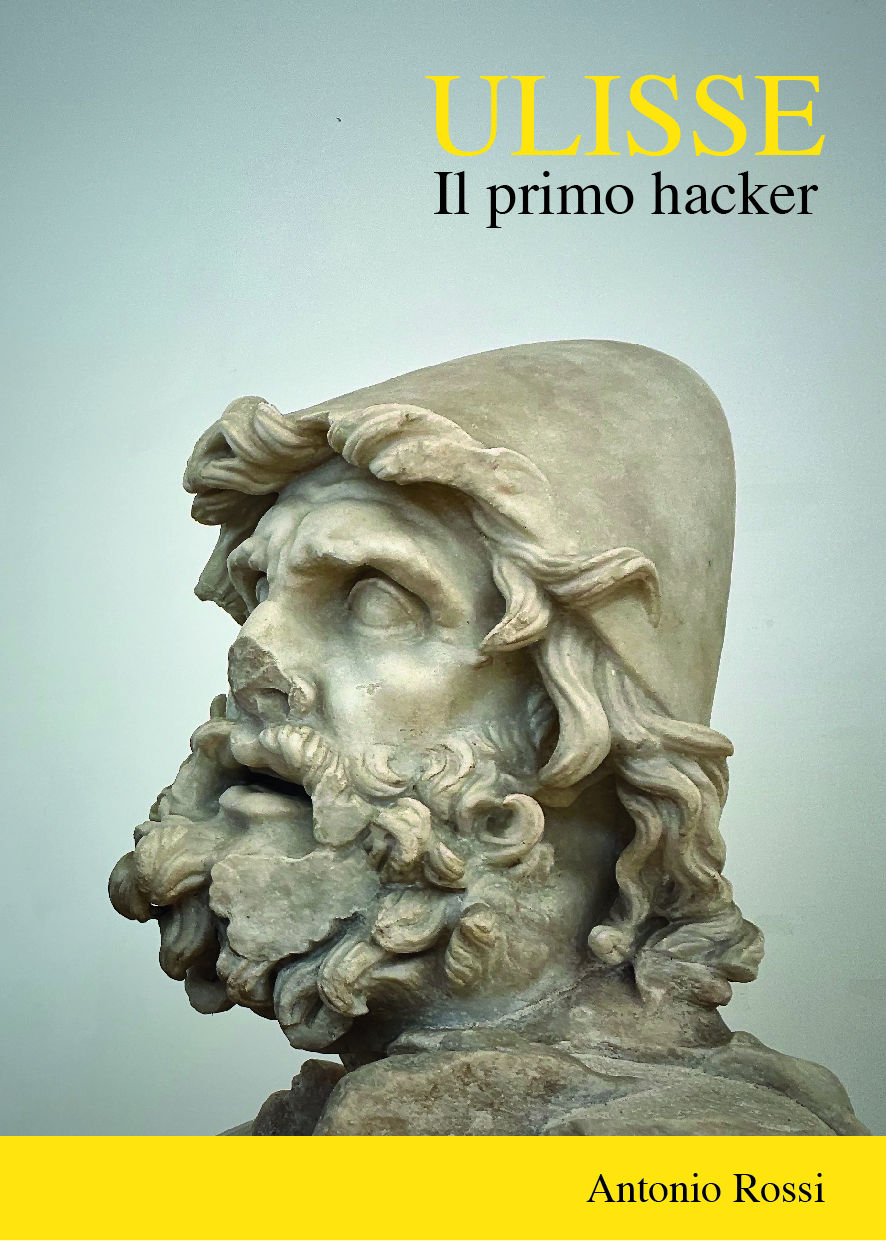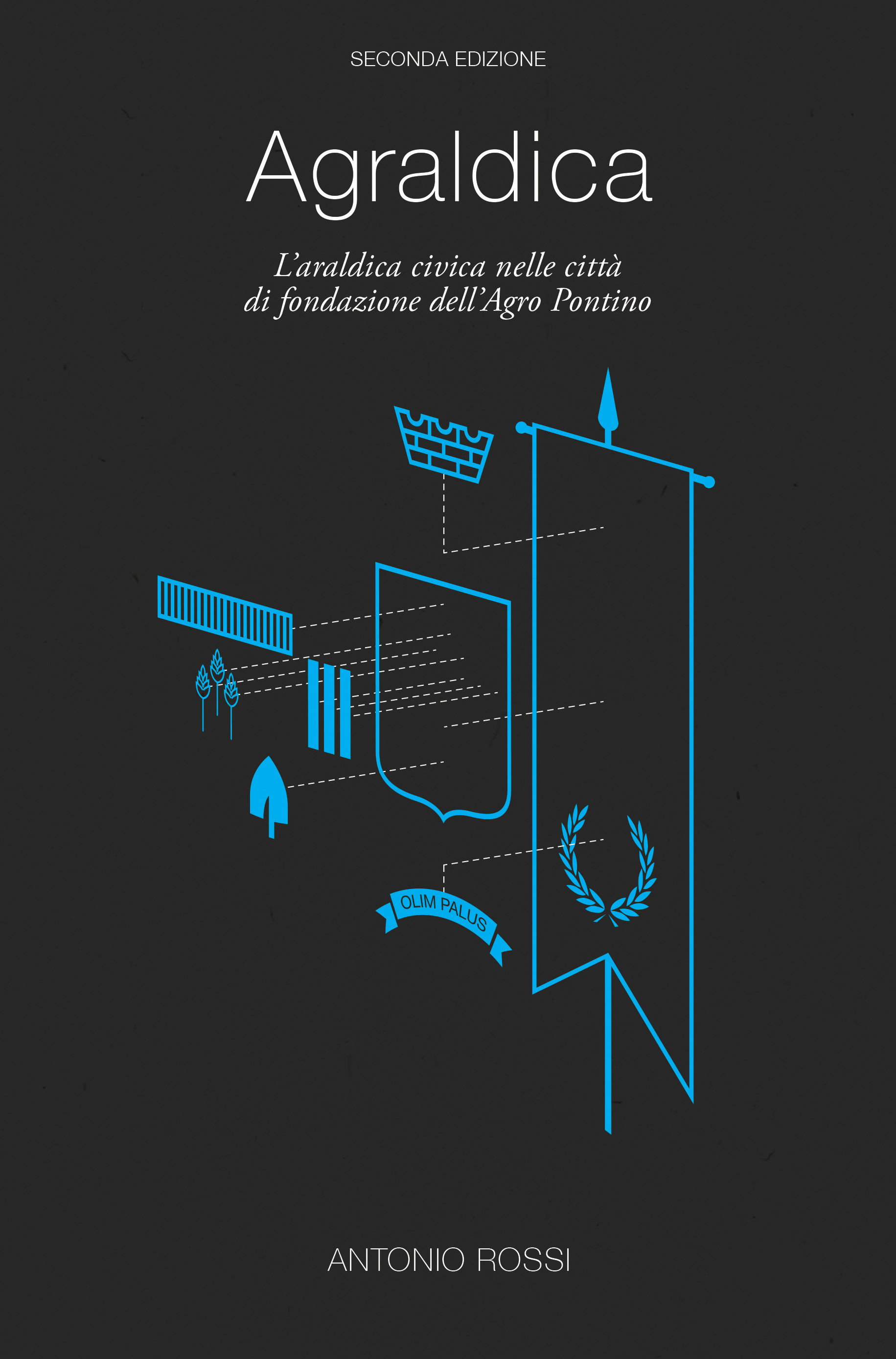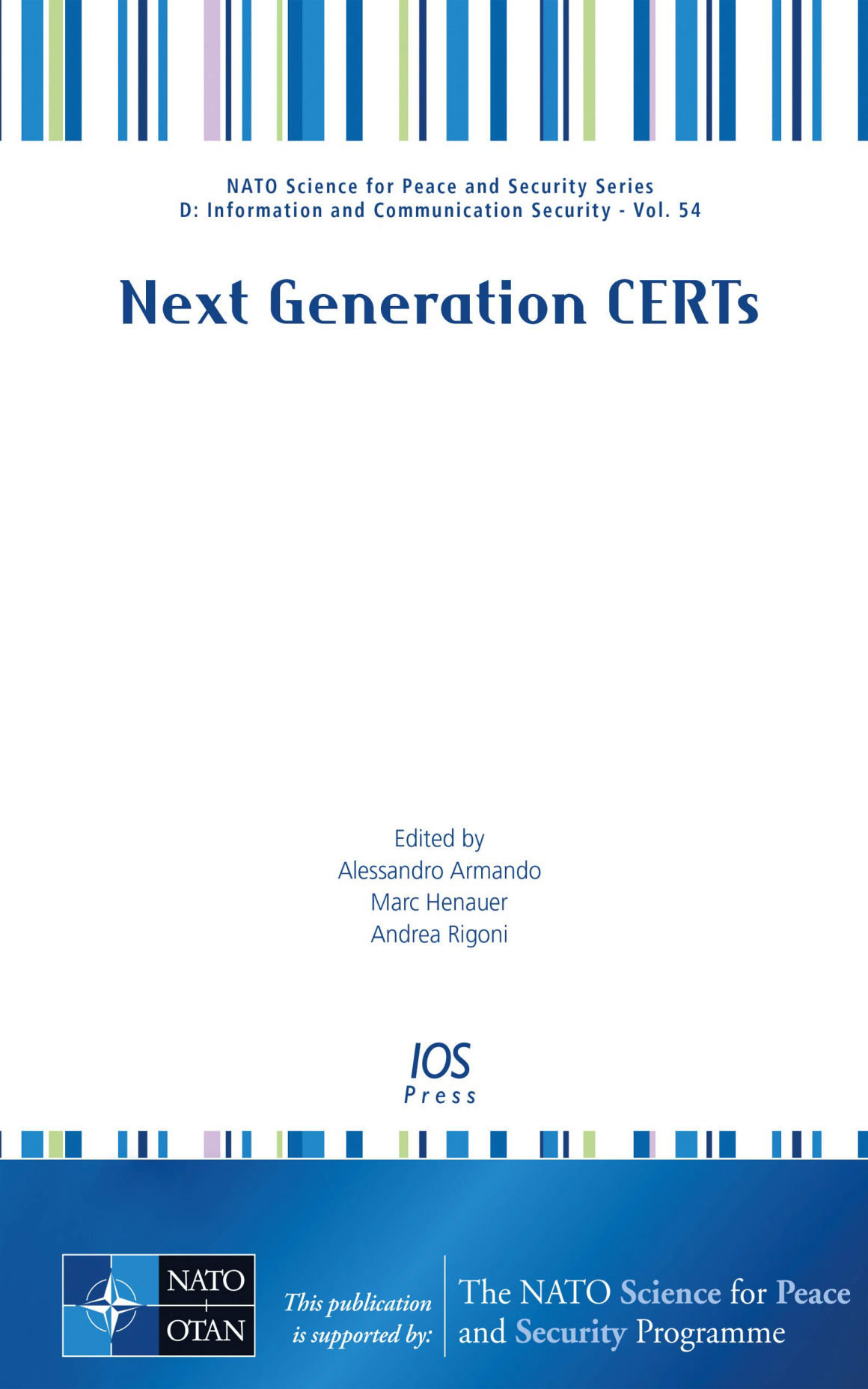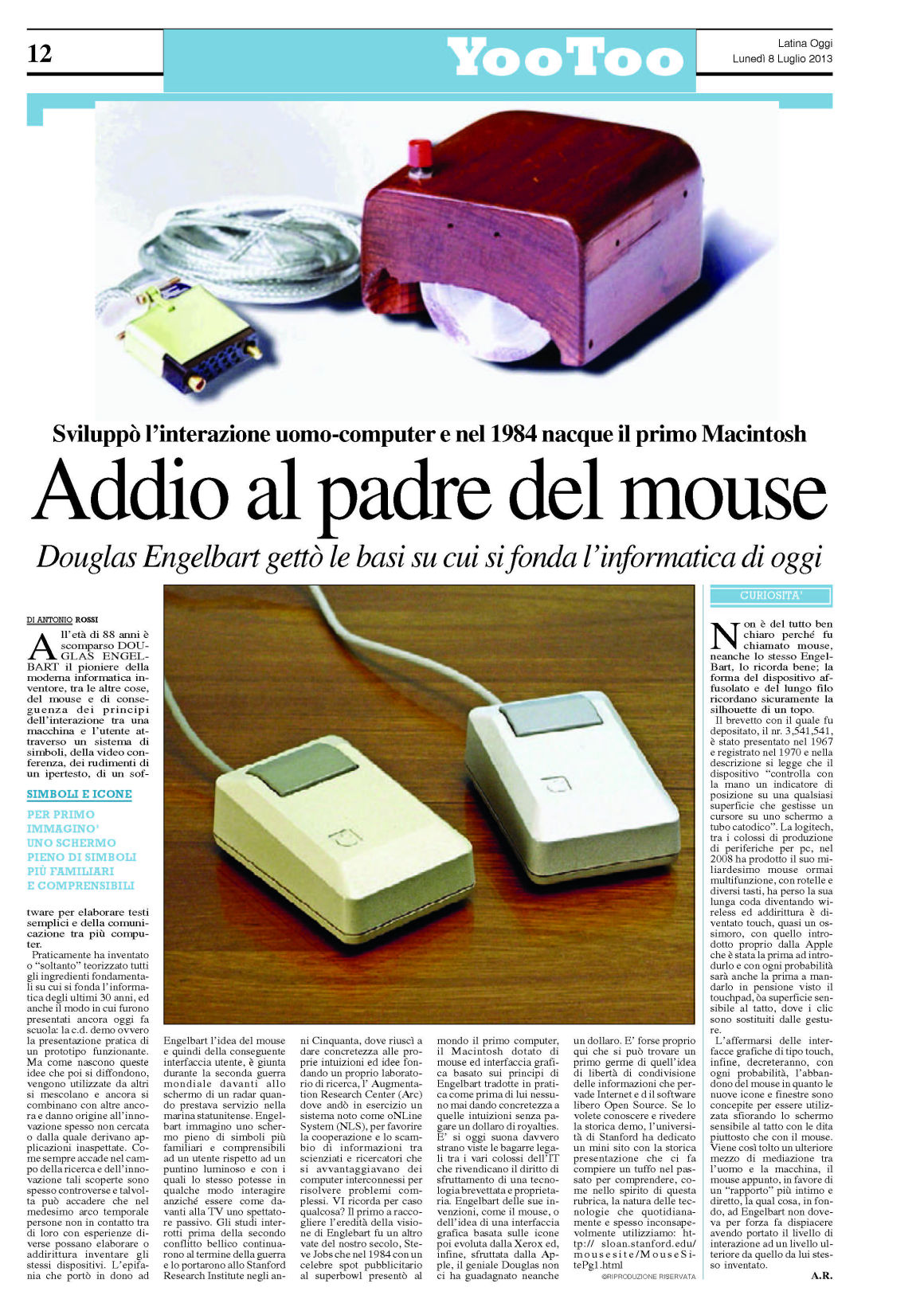HERALDRY IS A NEW WAY
What are the symbols of the cities founded in Agro Pontino? What tradition are they inspired by? What do they represent? How have they changed over time? These are some of the questions that are answered in this original book "Agraldica" revealing curiosity and bringing the reader closer to civic Heraldry.
Starting from the colors and shapes of the logos of car manufacturers, football teams, through the icons of smartphones and well-known commercial brands, passing through the hieroglyphs and the history of the civic tradition of heraldry, it reaches the symbols of Agro Pontino. Compared to historical research for the study of the so-called "City of Foundation", that of the heraldic type has not yet been considered for the understanding of the city and province of Latina (formerly Littoria), the city of Aprilia and Sabaudia, of the municipality of Pontinia. The essay intends to fill this gap by offering a new perspective, analyzing the symbolic and iconographic dimension expressed in the heraldic coats of arms of the cities founded in the province of Latina on which the artistic and cultural influence of the futurist and rationalist movement reverberated. The results of the original study conducted by me show how in the symbols of the heraldic coats of arms of the cities founded in the former Pontine marshes the peculiarities of these centers conceived from scratch, according to a precise political project, arose in an artificially created and maintained environment, are summarized. orphans - ab origins - of traditions and indigenous peoples.
